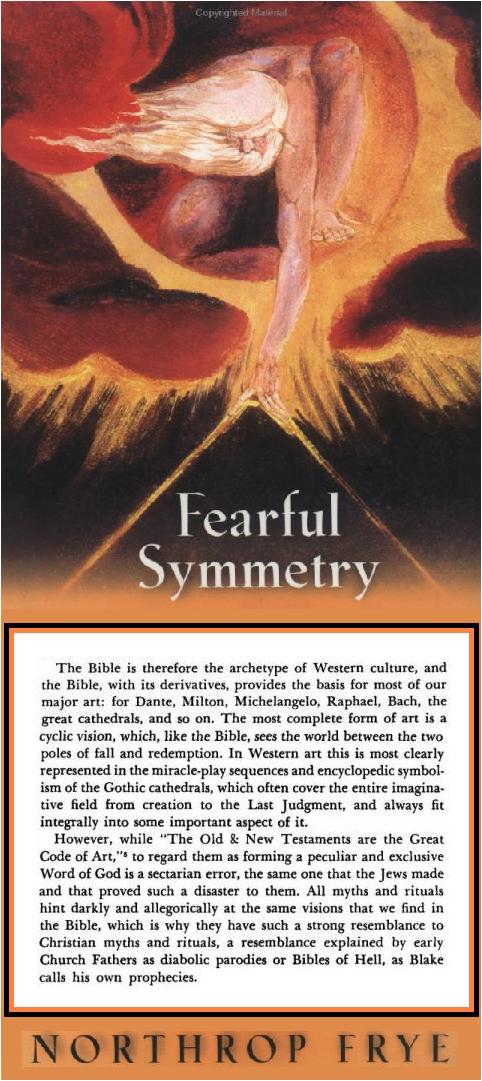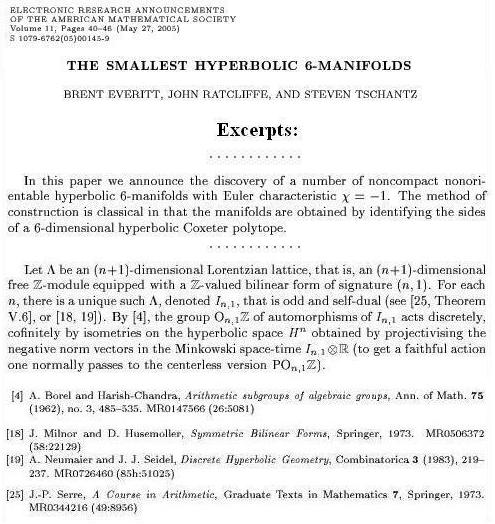| Le Républicain Lorrain du 14 janvier 2001
Le Lapin Agile veille sur la Butte (par Michel Genson)
24 décembre 1900. Dans son atelier glacial du Bateau Lavoir, à flanc
de la colline de Montmartre, Picasso se frotte les yeux. C’est bien
Wasley, son ami Wasley, qu’il aperçoit traversant la place Ravignan,
courbé sous le poids d’un grand Christ en croix. Le sculpteur titube et
s’en va gravissant un à un les escaliers qui mènent au sommet de la
Butte, direction la rue des Saules. Car l’œuvre est destinée aux murs
du petit estaminet où la bande a trouvé asile, pour y échanger chaque
soir des refrains, bocks et vaticinations les plus folles. La bande,
c’est à dire Utrillo, Max Jacob, Modigliani et les autres… Un siècle et
un souffle de légende plus tard, le même Christ blanc occupe toujours
la même place, sous les lumières tamisées du Lapin Agile. À l’abri sous
son aisselle droite, l’autoportrait de Picasso en Arlequin a été
authentique en son temps. Jusqu’au jour où le grand Frédé, tenancier
mythique du lieu, s’est gratté la barbe avant de le céder à un amateur
suédois de passage. Depuis l’original a fait le voyage du MAM (Modern
Art Museum) de New-York, et la Butte se contente d’une copie.
Pour le reste, rien a changé ou presque pour le doyen des cabarets
parisiens. Ni le décor, ni l’esprit. L’incroyable patine noire des
murs, posée là par des lustres de tabagies rigolardes ou inspirées,
rappelle au générique les voix des habituées de jadis, Apollinaire,
Carco, Dullin, Couté, puis Pierre Brasseur, et plus proches de nous
encore d’autres débutants, Caussimon, Brassens, François Billetdoux… La
liste exhaustive serait impossible à dresser de tous ceux qui ont
émargé au livre d’or du Lapin Agile.
« En
haut de la rue Saint-Vincent… » La goualante roule sa rime chaotique
sur le pavé de la Butte. Au carrefour de la rue des Saules, la façade
est avenante, sans apprêts, avec son acacia dans la cour, et cette
étrange dénomination, née des amours burlesques entre l’imagination
d’un dessinateur et les facéties des usagers. En 1875, André Gill,
caricaturiste ami de Rimbaud, croque en effet, pour l’enseigne de
l’ancien Cabaret des Assassins, un lapin facétieux sautant d’une
marmite. Le temps d’un jeu de mots et le Lapin à Gill gagne son brevet
d’agilité. L’épopée commence, que perpétue Yves Mathieu, aujourd’hui
propriétaire, mémoire et continuateur d’une histoire somme toute
unique. Histoire, qui, pour l’anecdote, faillit se terminer
prématurément, sous la pioche des démolisseurs. Vers 1900, les bicoques
du maquis montmartrois doivent laisser place à un grand projet
immobilier. C’est Aristide Bruant qui sauvera in extremis le cabaret.
Il achète l’établissement, laisse Frédé dans les murs qu’il revendra
pour « un prix amical » à Paulo, le fils du même Frédé. Lequel Paulo
n’est autre que le beau-père de l’actuel patron : « C’est un truc de
famille. J’ai commencé à chanter ici en 48, égrène Yves Mathieu.
Ensuite j’ai fait de l’opérette à la Gaîté Lyrique, de la revue aux
Folies Bergères, je suis parti en Amérique… En revenant j’ai repris le
cabaret, ma femme y chante, mes fils sont là, ils apprennent le métier…
C’est comme le cirque, c’est le même esprit. »
Malgré les tempêtes
et les modes, le Lapin Agile dure et perdure donc. Et sa silhouette
pour carte postale inspire toujours les peintres venus de partout.
Comme si la halte faisait partie d’un parcours initiatique immuable.
Deux pièces pour un minuscule rez-de-chaussée, dans la première,
mi-loge, mi-vestiaire, une guitare attend son tour de projecteur. En
l’occurrence un faisceau unique clouant le chanteur (l’humoriste ou le
diseur) au rideau rouge de la seconde salle. Là où le spectacle se
déroule depuis toujours, là où l’on s’accoude sans vergogne à la table
d’Apollinaire, sous les lampes toujours drapées de rouge, pour écouter
Ferré, Aragon, Mac Orlan ou les rengaines du Folklore populaire
montmartrois. Yves Mathieu reste ferme, « ici, pas de sonorisation, pas
de haut-parleur. Les gens découvrent la voix humaine. » Un refrain de
Piaf glisse jusqu’au « laboratoire », le réduit où les autres artistes
du programme dissertent sur l’état du monde. Les meubles de Bruant sont
encore là, au hasard d’un coffre breton, un autre de marine, la façade
d’un lit clos… « Des trucs d’origine » pour Yves Mathieu, qui malgré
les vicissitudes du temps - il s’ingénie toute l’année durant à
entretenir un établissement qui ne bénéficie d’aucun classement
officiel, ni d’aucun subside - prêche haut et fort sa confiance,
« parce qu’on aura plus que jamais besoin de racines, de repères, et
qu’ici, c’est tout un pan de patrimoine qu’on défend à travers la
chanson française, celle qu’on chante tous ensemble… » Le même secoue
sa longue carcasse et se fend d’un sourire entendu : « Quand je
descends à Paris, c’est pas pareil. Ici, le jour, c’est comme dans une
église. Il y a le silence, et l’impression de ressentir les ondes
laissées pare les cerveaux de ces types, là… » Aux murs, dessins ou
tableaux laissés par Mac Orlan, Maclet ou Suzanne Valadon jouent avec
l’ombre amicale.
Le Lapin Agile, 22 rue des Saules, 75018 Paris. Tel : 01 46 06 85 87
Source:
http://www.au-lapin-agile.com/info4.htm
|












 doesn't
doesn't

Recent Comments